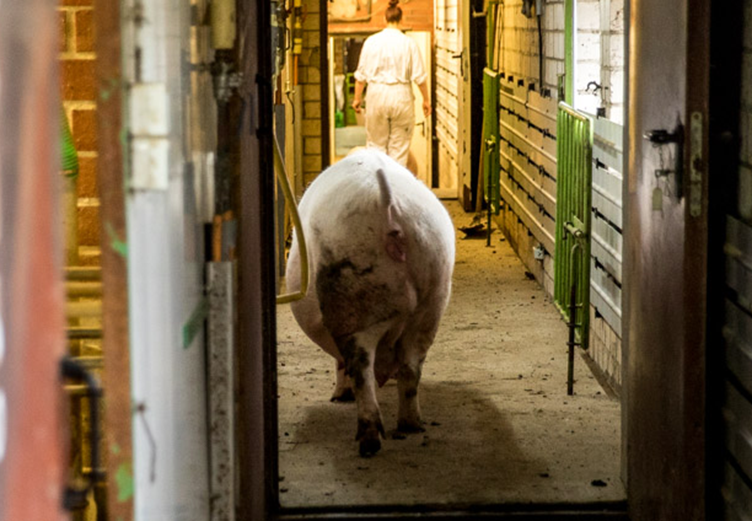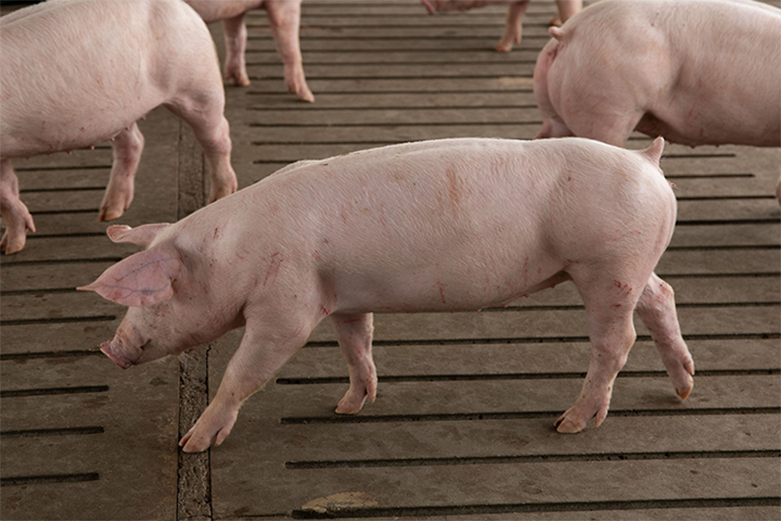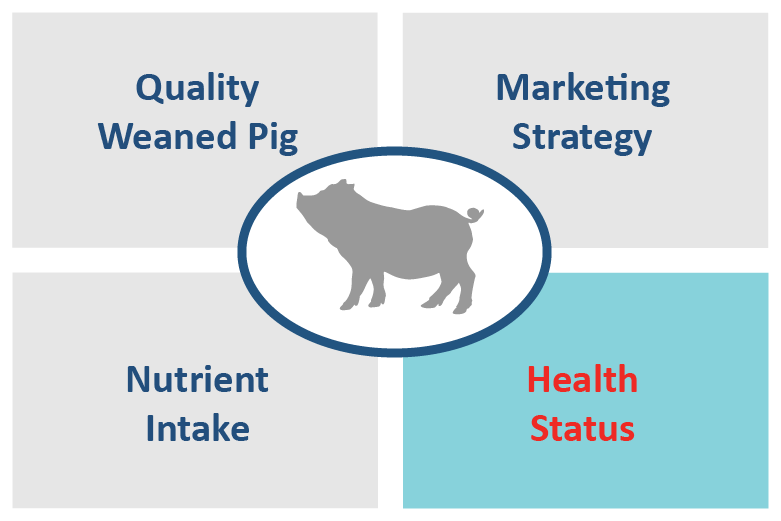Author: Anna Romagosa, DVM, MSc – Health Assurance Department, PIC Europe, Sant Cugat del Vallés, Spain
The biosecurity fundamentals came from our knowledge on epidemiology, from our experience in epidemic outbreaks of swine diseases both at local and global level, and from our own experience trying to keep herds “free” from pathogens. In addition, in recent years the interest on controlling and eradicating some of the swine pathogens as PRRSv, PEDv, Mycoplasma or App from sow herds, increased the value of what we consider biosecurity. When the finishing pigs are negative to these pathogens, and lacking immunity against them, the value of keeping these pathogens away from our herds is huge.
Nowadays, it is quite common to conduct biosecurity surveys or audits in pig farms. But are they useful for detecting our vulnerabilities? In my opinion they have a great training value, but often are quite general and frequently they are not representing the principal risks for a certain farm. These “surveys” only inform about the presence of risk factors and procedures, but for example they do not consider the number of times that this risk factor or procedure appears in the farm.
When an outbreak or a new disease appears in our farm, the general feeling of farmers and veterinarians is that we are firefighting, because daily work overwhelms us. But we should consider that this case represents an opportunity to identify the weak points or vulnerabilities of our farm. In many cases we will not be able to determine exactly the entrance point, but we will be able to prioritise which vulnerabilities need to be corrected and where it is worth investing time and money.
Firstly, we need to know the epidemiology of the disease/pathogen that has been introduced, in order to know the time frame for outbreak investigation (time prior to pathogen entry). This time will depend on:
- The incubation period of the disease (in some cases will depend on the infectious dose).
- The theoretical transmission rate (TR) of the pathogen.
- The appearance and detection of the first clinical signs.
- In some cases, the pathogen strain. For example, with the PRRSv, the most virulent strains are linked with a faster transmission and more evident clinical signs.
- The survival capacity of the pathogen in the environment, considering that in some cases, the time between its introduction and the contact with the animals (time 0) can be variable depending on the internal biosecurity of the farm or the year season.
- The physical structure of the farm. For example, in a farm with several physical barriers between groups of animals (walls, barns, etc.), a delay in the transmission of the pathogen can be observed. In combination with symptoms difficult to detect, would result in a longer investigation timeline to consider.
Table 1: Example of previous time to consider into the investigation, for some pig pathogens.
| Pathogen | Incubation Period | First clinical symptoms | Investigation Period (approximate) |
|---|---|---|---|
| PEDV | 48 hours | Diarrhoea, lack of appetite, fever | 2 weeks before symptoms |
| PRRSv | 7 days | Lack of appetite, fever | 4 weeks before symptoms |
| Mycoplasma | 2-4 weeks | Cough | 4-6 weeks before symptoms |
| Influenza | 24-36 hours | Lack of appetite, fever | 2 weeks before symptoms |
| Swine dysentery | 3 weeks | Severe haemorrhagic diarrhoea | 6 weeks before symptoms |
| App | From hours to days | Sudden death |
From the determination of this timeline, we should start the investigation, epidemiologically and systematically in order to detect the principal risks for our farm that resulted in the introduction of the infection.
We should consider that, for the entry of a pathogen into a farm, a vector is needed. When we consider a list of potential vectors that usually come into the farm, this list can be huge and overwhelming. Some common examples would be: Replacement animals, semen, transports, employees, visits, air, etc.
For the investigation of a pathogen introduction, is better to focus on the “risk events” that could be involved. These events describe the necessary activities that regularly happen in the farm and that could explain the introduction of the pathogen (for example, semen transport, employee flows, feed loadings, etc.). Then, we will focus on the possible “vectors” involved in each of the “events”. The list of potential risk events is shorter and easier to draw up. Another advantage of this approach is that we can count the frequency of occurrence and, depending on the biosecurity of the farm, determine whether this risk is high, medium or low.
Table 2. Example of the different “risk Events” and their respective “vectors” in a piglet farm.

Frequencies are important, as a sequence or chain of “errors” is required for the pathogen to be introduced into the farm by a vector carrying it. A single “error” is necessary, but not sufficient. Therefore, the more times a risk event occurs on the farm and the poorer the biosecurity at that point, the more likely it is that this chain of errors will be completed.
Betrachten wir ein Beispiel für ein solche Fehlerkette, der Besuch des Tierarztes:

These studies to determine the possible causes of a disease introduction are quite time-consuming and must be done quickly after introduction, as the necessary information becomes distorted over time. However, this effort is necessary to realise which risk events occur most frequently on the farm, identify our vulnerabilities, and determine where we will invest our resources to prevent or limit the introduction of a new disease.




